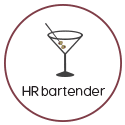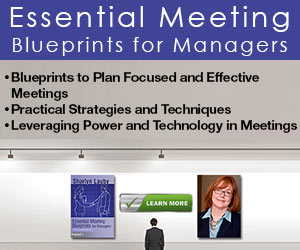Estimated reading time: 4 minutes
I always feel this is an interesting time of the year for organizations because many of us are thinking about next year from a goals and budget perspective. Where does the organization think they will end up in 2025? Is it too early to tell? And what does that mean for 2026? It’s not a quick or easy discussion, even when things are going well.
One of the conversations I could see organizations dedicating a lot of time to is artificial intelligence (AI). I saw a discussion recently on LinkedIn about the biggest knowledge gap learning and development (L&D) professionals face regarding AI. It included some of the things you would expect like developing a strategy, having AI goals, as well as an internal policy. All things we’ve discussed here on HR Bartender. In fact, here are links to some of those articles if you want to check them out.
Artificial Intelligence and Automation: Know the Differences and Similarities
Organizations Should Identify Their Artificial Intelligence Goals
10 Things to Include in Your Artificial Intelligence Policy
How to Find the Right Artificial Intelligence Tool for HR
But back to the conversation about AI and the future. I think there are a couple of things related to learning and artificial intelligence that need to move up on the priority list.
First, business leaders need to realistically understand what AI can do for them. The key word here being realistically. I believe there are leaders who purchase AI tools and then figure they can eliminate a significant portion of their workforce, AI will handle everything, and profits will soar.
Personally, do I believe that AI tools might take over some tasks that are currently being done by humans? Yep, I’m sure it will happen … eventually. But I don’t believe we’re completely there yet. I think it takes time for AI to learn … just like it takes time for people to learn. And AI might make some mistakes while it’s learning … just like people sometimes make mistakes while they’re learning.
So, AI taking over responsibilities is a process that takes time. While that’s happening, the organization’s employees will be especially valuable. Because they will be monitoring what’s going on to ensure tasks are completed correctly, on time, and within the company’s quality standard.
Which leads me to a second point. Organizations need to help employees learn how to use AI and get desired results. It’s called prompt engineering. Basically, it’s knowing how to ask AI good questions, so you get good answers. For example, if you have a device at home that you speak to like Siri or Alexa, you have to learn how to ask it the right questions. If you don’t, you might not get an accurate reply.
I tend to think of AI like a new employee. They have to learn about the organization and vice versa. Which means – going back to the original question about L&D’s biggest challenge regarding AI – it’s getting everyone educated on the best way to orient the organization to this new tool. Employees at every level need to understand what AI is capable of right now and what it will be able to do in the future (after some learning). And everyone needs to know how to effectively interact with AI to get the most from the investment.
Artificial intelligence is exciting. Its capabilities appear to be endless. I can’t wait to see what AI is able to produce. But this also means that I need to learn how to use it correctly, ethically, and responsibly.
Image captured by Sharlyn Lauby while exploring the coast of Miami, FL







